Audiences will see him next on the big screen in the form of Joaquin Phoenix, but Batman’s colorful nemesis the Joker has been an enduring character for almost 80 years.
First created in 1940, he’s been there since the Caped Crusader’s very first issue.
The design of the Joker is simple and striking — white face, green hair, and of course that red-lipped, tooth-filled grin.
He could be a playing card brought to life. But there’s more to the story than that.
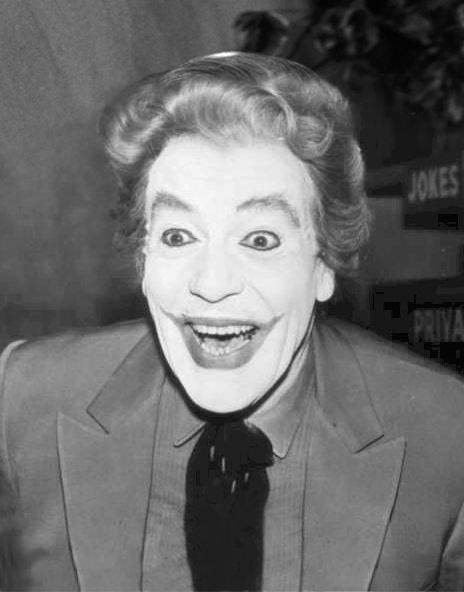
His origins owe a debt to the black and white realm of silent movies — in particular, German Expressionism.
These pictures were noted for their exaggerated styling and dark subject matter, going on to influence horror movies and film noir.
1928’s The Man Who Laughs provided a key part of the Joker puzzle. The lead male character Gwynplaine, played by Conrad Veidt, is a tormented soul who was deliberately disfigured by King James II as a cruel and unusual punishment for his father’s offenses.
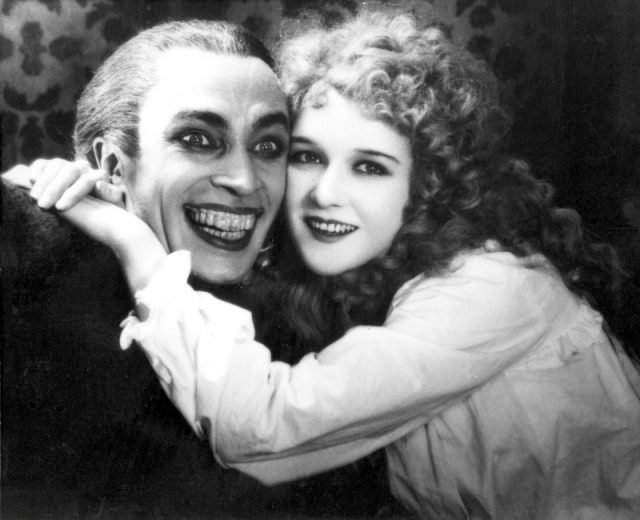
He was forever condemned to wear a wide grin, finding his destiny at a traveling carnival. The movie was directed by Paul Leni and based on the 1869 novel by Victor Hugo.
Veidt is best known for appearing in another Expressionist classic, The Cabinet of Dr. Caligari (1920).
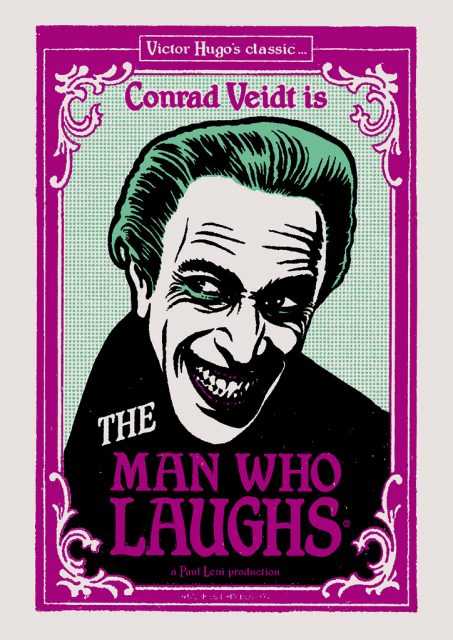
Looking at images of Veidt in his eerie makeup, it’s easy to spot the resemblance between Gwynplaine and the Clown Prince of Crime. This is what encapsulated the Joker’s look for the Batman creative team.
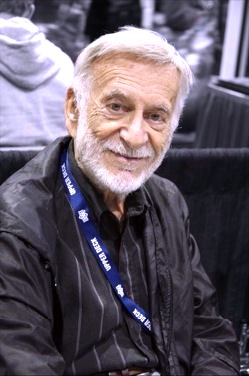
When comic book legends Bob Kane, Bill Finger, and Jerry Robinson were working on the overly-amused arch-villain, they used a variety of elements. Yet Veidt’s image was the one that seemed to tie everything together.
Not that there’s a neat and tidy explanation for who did what with the character. According to Kane, it was him and Finger who dreamt up the villain, with Finger bringing The Man Who Laughed to the table.
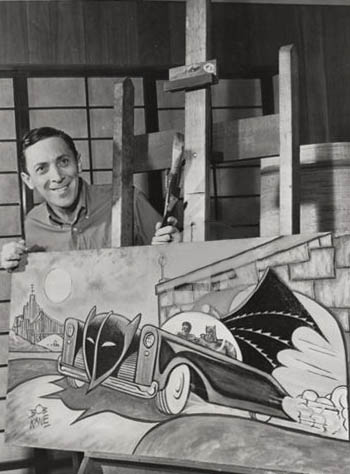
In an interview from 1994 (quoted in a 2008 Den of Geek article) Kane said, “Bill Finger had a book with a photograph of Conrad Veidt and showed it to me and said, ‘Here’s the Joker.’”
Robinson, a teenager at the time, believed it was he who devised the dastardly Clown Prince. As reported in a 2010 New York Times piece, he claimed “I think the name came first: the Joker… Then I thought of the playing card.”
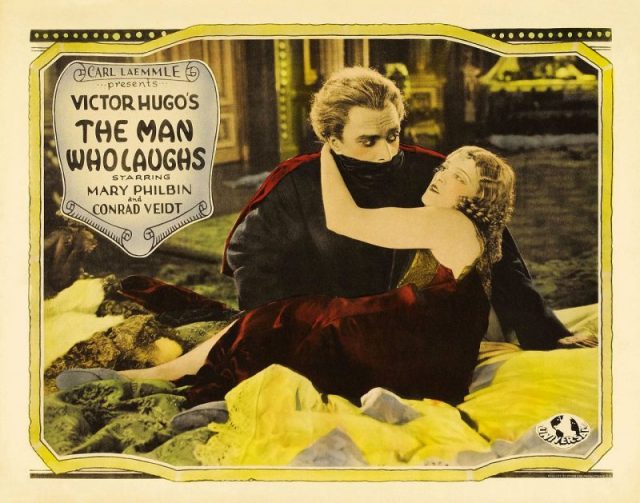
Robinson’s first sketch of the villain was effectively a living card, with a sinister harlequin-type appearance.
Kane acknowledged this contribution but thought it was a small part of the mix rather than the whole concept.
Quoted from 1994, he stated “Jerry Robinson had absolutely nothing to do with it. But he’ll always say he created it till he dies. He brought in a playing card, which we used for a couple of issues.”
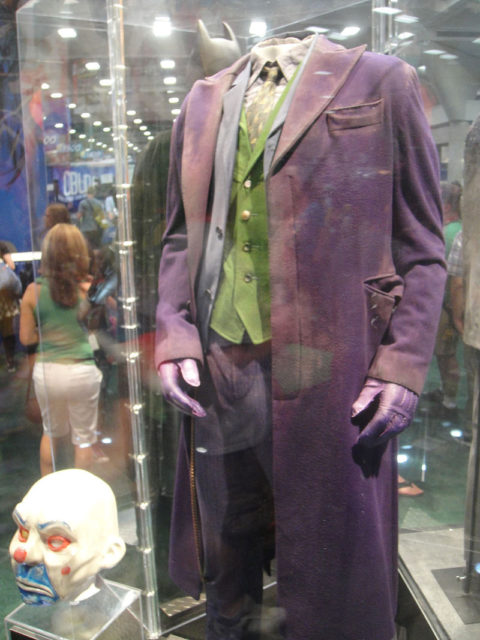
As for Robinson, he was “philosophical about his own situation regarding the Joker,” according to the Times. The man himself said, “I wish I was smarter at the beginning. I was 17; I just wanted to get published.’”
No matter who was ultimately responsible, the Joker took on a life of his own. Like his foe Batman, he’s undergone numerous tweaks and transformations, changing from chuckling criminal to vicious psychopath and back again.
The silent movie inspiration got a namecheck when Ed Brubaker and Doug Mahnke wrote and drew Batman: The Man Who Laughs in 2005. Plus there were echoes of Veidt in Christopher Nolan’s The Dark Knight (2008).
A 2016 Mental Floss article observes that “Even Heath Ledger’s take on Joker from The Dark Knight took a note from Hugo’s creation by portraying his frozen smile as the result of scarred disfigurement, rather than simply being the byproduct of his unhinged temperament.”
So while actors and artists come and go, Veidt’s ghoulish features will continue to exert a hold on this most distinctive of evil-doers.
